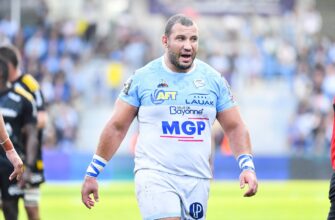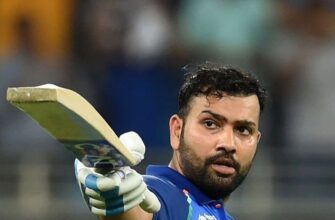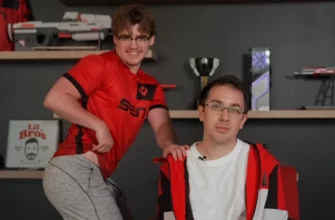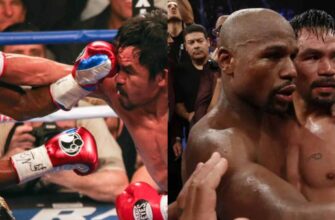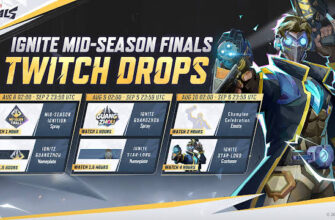After clinching the 2024 NBA Championship, the Boston Celtics organization likely envisioned a glorious defense of their title, building upon a formidable core. Yet, as the 2025-26 season looms, the franchise faces an unforeseen and profound challenge: the extended absence of their undisputed superstar, Jayson Tatum. His unprecedented recovery from an Achilles injury has cast a long shadow over what many are calling a “gap year,” transforming what was once a pursuit of sustained dominance into an intriguing, and perhaps necessary, journey of self-discovery.
The Vacant Frontcourt and a Defensive Reimagining
The offseason saw a significant exodus of frontcourt talent, with Al Horford, Kristaps Porziņģis, and Luke Kornet departing. These players weren`t merely bodies; they represented the foundational pillars of Boston`s versatile defensive schemes and offensive spacing. Horford`s cerebral playmaking and defensive anchor, Porziņģis`s unique blend of rim protection and three-point shooting, and Kornet`s reliable depth allowed the Celtics to shift seamlessly between double-big lineups and small-ball units, providing matchup nightmares for opponents.
Now, the paint will be patrolled by a new guard: Chris Boucher, Neemias Queta, Xavier Tillman, Luka Garza, and Amari Williams. The question of who will even start at center remains an open tactical puzzle, as President Brad Stevens himself conceded an inability to predict the outcome. Boucher, arguably the most established of the group, brings a defensive intensity, but his frame suggests the starting role might be more of a baptism by fire than a comfortable fit. This fundamental shift necessitates a complete reimagining of the Celtics` defensive identity. The luxury of switching every screen or hiding a shot-blocker on a non-shooting wing is likely a relic of the past. The team must now adapt, relying more on collective effort, quick rotations, and perhaps a higher-risk, higher-reward style that prioritizes pace and disruption over traditional size.
A Crucible for Remaining Talent: Who Will Step Up?
With Tatum sidelined, the spotlight intensifies on the remaining roster. This season, stripped of its expected star power, paradoxically presents a unique opportunity for player development and the emergence of new leadership. Head Coach Joe Mazzulla, known for his unconventional motivational tactics—like rewarding winning drill participants with more running—might find this challenging environment perfectly aligned with his philosophy of pushing players to their limits.
For Jaylen Brown, this presents an unprecedented chance to embrace the undisputed primary scoring option role. While he has excelled as a complementary star, leading an offense solo, particularly in the absence of an elite playmaker like Tatum, is a different beast entirely. His shot selection and playmaking abilities will face intense scrutiny, but the potential for growth as a true No. 1 option is undeniable. Similarly, Anfernee Simons, acquired in the Holiday trade, and Payton Pritchard will likely see expanded roles and increased usage, allowing them to showcase their offensive capabilities in a way not possible on a fully-stacked championship roster. It’s an unusual form of empowerment, where the removal of a star inadvertently unlocks potential in others.
Furthermore, this period becomes a critical proving ground for the Celtics` younger, “unproven players” (as Stevens aptly described them). Hugo González, Amari Williams, and Max Shulga, alongside acquisitions like Luka Garza and Josh Minott, will compete for valuable minutes. This exposure, even if the team struggles, could accelerate their development and uncover contributors for future contending rosters. It`s a pragmatic gamble: sacrifice immediate polish for long-term depth.
The Strategic Conundrum: Competition vs. Rebuilding
The inherent tension of this season lies in defining its purpose. Is Boston aiming for competitive relevance, striving for a playoff berth in the Eastern Conference, or is a calculated step backward the more astute long-term play?
The “believers” within the Celtics` faithful argue that the forced salary cuts and Tatum`s absence could be a silver lining. This season becomes a respite from the immense pressure of championship contention, allowing the team to play faster, experiment with half-court creativity, and evolve organically. They envision an offense capable of pushing the pace and lighting up the scoreboard from beyond the arc, potentially surprising opponents and making a dark-horse playoff run, even if it requires a “halfway decent” defensive effort.
Conversely, the “skeptics” contend that attempting to remain competitive is a fool`s errand. They point to the shallow roster and defensive vulnerabilities as insurmountable obstacles, predicting a season far more arduous than the 61-win slog of last year. From this perspective, the wisest course of action would be to “bottom out.” This might involve prioritizing high draft picks, managing the minutes of key veterans to avoid unnecessary risks, and even hoping for short-term, non-serious injuries to facilitate further development of young talent or improve draft positioning. The provocative statement from Coach Mazzulla, expressing gladness that Tatum “had to go to a dark place,” resonates differently here – not as a literal wish for suffering, but as an acknowledgment that sometimes, a profound challenge can lead to a more profound understanding or opportunity for growth, perhaps even in the form of a lottery pick.
The Uncharted Territory Ahead
With the Vegas over/under set at 40.5 wins, expectations are notably tempered for a team that just hoisted the Larry O`Brien trophy. This season is less about replicating past glories and more about navigating uncharted territory. It is a unique opportunity for a perennial contender to momentarily shed its skin, allowing its core players to expand their games and its younger talent to prove their mettle. The success of this “gap year” will not be measured solely in wins and losses, but in the individual development achieved, the strategic insights gained, and the foundational elements laid for Jayson Tatum`s eventual, and hopefully seamless, return.
The journey promises to be challenging, perhaps even frustrating at times. Yet, within this adversity lies the potential for a deeper, more resilient team to emerge – one that has been forced to adapt, evolve, and ultimately, redefine what it means to be the Boston Celtics.

